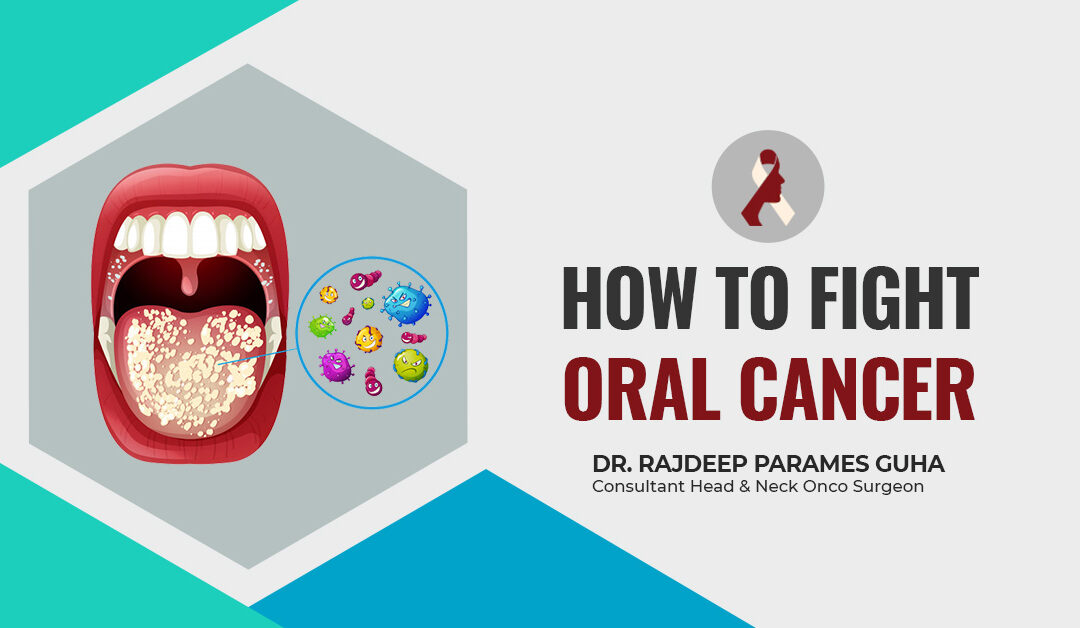Oral cancer is defined as uncontrollable growth of cells seen in the oral cavity. It appears as a swelling or an outgrowth.
Oral cancer is an epidemic that is rapidly engulfing the Indian subcontinent and ranks among the top three cancer types. Majorly seen in males, the high prevalence
of this disease is mainly due to the over consumption of tobacco or betel nut chewing and alcohol abuse. The low-income strata of the society are usually the major victims of this disease as they have wide exposure to tobacco and are oblivious to the new diagnostic treatments. This further contributes to aggravation of the issue and delay in reporting of oral cancer.
Oral cavity and or pharyngeal cancers occur in the following regions:
• The tongue
• The tonsils and or pharynx
• The gums, floor of the mouth, and other parts of the mouth
Current Statistics that throws light on the seriousness of the life-threatening disease
• In India, oral cancer includes 90 -95% of the oral cancer is squamous cell carcinoma.
• 20 per 100000 populations are affected by oral cancer in India and these accounts for about 30% of all types of cancer.
• People who smoke and chew tobacco have 8.4 times the risk of falling prey to the disease than those who steer clear of these habits. Nearly 57% males and 11% females consume tobacco and thus are risk prone.
• Most of the oral cancer cases occur between the age group of people who are 50-70 years.
• If you have been diagnosed with oral cancer, it is important to carefully think and analyze your choices of treatments as per your physician’s advice.
Dr. Rajdeep Guha, uses his years of experience and knowledge to deal with the rehabilitation of oral cancers.

